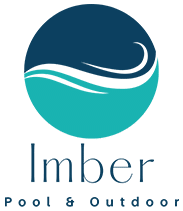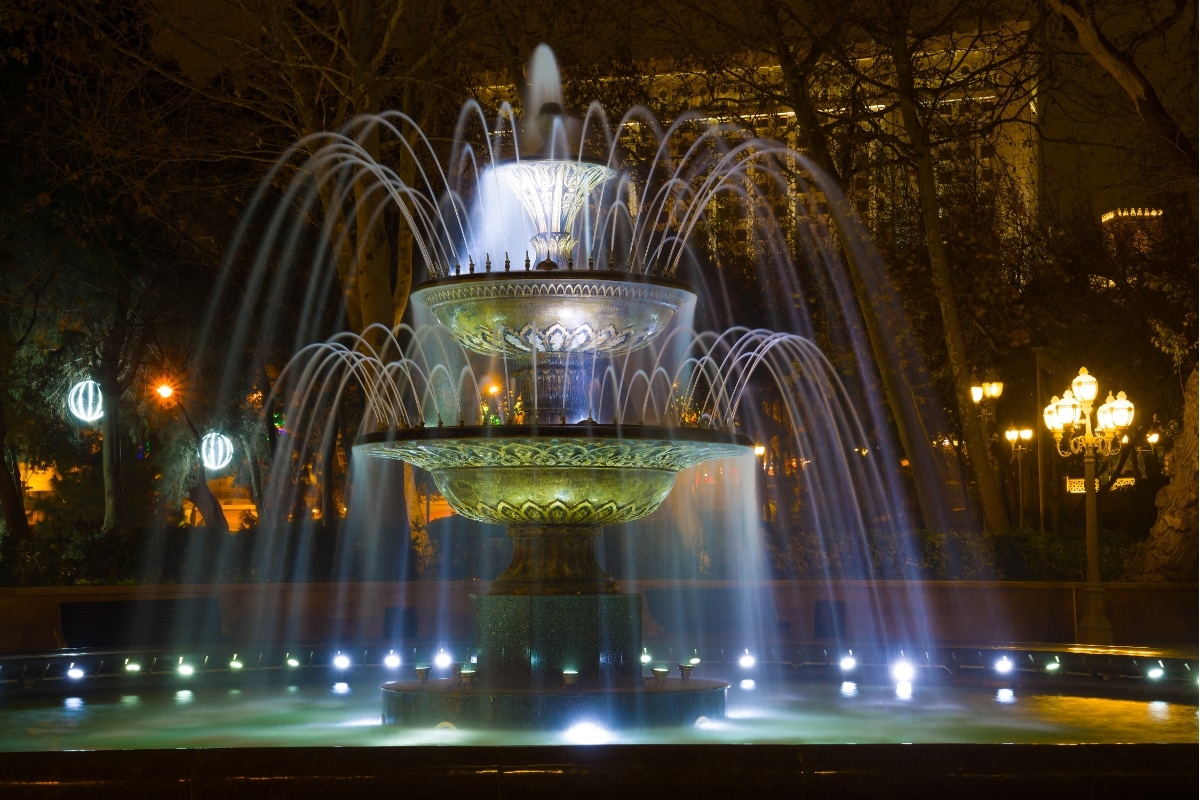Call Us TODAY: (417) 771-7552
Cost Factors to Consider When Planning a Commercial Fountain Installation

Commercial fountains add elegance and sophistication to outdoor spaces, creating focal points that captivate visitors and enhance the aesthetic appeal of businesses, parks, and public areas. However, before starting a fountain installation project, it’s essential to consider various cost factors to ensure a successful outcome that aligns with budgetary constraints and project goals.
Understanding the financial implications of commercial fountain installations is crucial for making informed decisions and avoiding unexpected expenses. In this blog, we’ll explore key cost factors that businesses and property owners should consider when planning a commercial fountain installation.
From the initial design phase to ongoing maintenance and operational expenses, we’ll provide valuable insights to help you navigate the complexities of fountain budgeting and achieve a stunning addition to your outdoor environment.
Whether you’re a business owner looking to attract customers or a property manager seeking to beautify public spaces, this blog will equip you with the knowledge and resources needed to make cost-effective decisions. Read on and create captivating water features that leave a lasting impression.
Types of Commercial Fountains
When planning a commercial fountain installation, it’s essential to explore the various types available and consider their cost implications and suitability for your specific needs. Here’s an overview of different types of commercial fountains and the factors influencing the choice of fountain type:
Overview of Different Types Available
- Tiered Fountains: Classic and elegant, tiered fountains feature multiple levels of basins that cascade water downward. They add a sense of grandeur and sophistication to outdoor spaces.
- Wall Fountains: Mounted on walls or structures, wall fountains are space-efficient and ideal for areas with limited floor space. They create a calming ambiance and can incorporate artistic designs.
- Pondless Fountains: Also known as disappearing fountains, pondless fountains recirculate water through an underground reservoir, creating the illusion of a pond without maintenance.
- Floating Fountains: Installed on bodies of water, floating fountains create dynamic water displays with jets that shoot water into the air. They are often used in lakes, ponds, and large water features.
- Custom Fountains: Tailored to specific design requirements, custom fountains offer limitless possibilities for creativity and personalization. They can incorporate unique materials, shapes, and features to complement any architectural style.
Cost Implications for Each Type
- Tiered Fountains: Cost varies based on size, materials, and intricacy of design. Larger fountains with intricate details tend to be more expensive.
- Wall Fountains: Generally more affordable than tiered fountains, with costs influenced by size, materials, and complexity of installation.
- Pondless Fountains: Initial costs may be higher due to the need for excavation and underground reservoir construction, but long-term maintenance expenses are lower.
- Floating Fountains: Cost depends on size, water depth, and desired spray patterns. Additional expenses may include anchoring systems and power supply installation.
- Custom Fountains: Prices can vary significantly depending on design complexity, materials, and labor costs. Custom fountains offer the most flexibility but may require a higher investment upfront.
Factors Influencing the Choice of Fountain Type
- Budget: The available budget plays a significant role in determining the type of fountain that can be installed.
- Space Constraints: The size and layout of the installation area influence the suitability of different fountain types.
- Aesthetic Preferences: Consider the desired aesthetic impact and architectural style of the surrounding environment.
- Maintenance Requirements: Evaluate the ongoing maintenance needs and costs associated with each fountain type.
- Environmental Factors: Consider factors such as climate, water availability, and site conditions when selecting a fountain type.
Site Preparation Costs
Before installing a commercial fountain, thorough site preparation is necessary to ensure a stable foundation and proper functioning of the fountain. Here are the key components of site preparation costs:
Excavation and Groundwork Expenses
Excavation involves digging and clearing the installation area to create space for the fountain and any associated features. The cost of excavation varies depending on the size of the project, soil conditions, and accessibility for heavy machinery. Groundwork expenses may include leveling the ground, removing debris, and preparing a stable base for the fountain.
Landscaping Requirements
Landscaping plays a crucial role in enhancing the visual appeal of the fountain and integrating it seamlessly into the surrounding environment. Landscaping requirements may include planting trees, shrubs, or flowers around the fountain, installing pathways or decorative features, and adding lighting for nighttime ambiance. The cost of landscaping depends on the size of the area, the complexity of the design, and the choice of materials.
Utility Connections and Permits
Utility connections are essential for providing water and electricity to the fountain. Depending on the location and design of the fountain, utility connections may involve plumbing, electrical wiring, or drainage systems. Additionally, obtaining permits from local authorities is often required for installing commercial fountains. Permit costs vary depending on the jurisdiction and the complexity of the project, including factors such as zoning regulations and environmental impact assessments.
Fountain Design and Customization
Designing a commercial fountain involves several considerations to achieve the desired aesthetic and functionality. Here are the key aspects of fountain design and customization:
Design Complexity and Intricacy
The complexity and intricacy of the fountain design influence both its visual appeal and cost. Intricate designs with multiple tiers, water features, and decorative elements require more time and resources to construct, resulting in higher expenses.
Material Selection and Finishes
Choosing the right materials and finishes is essential for durability and aesthetic appeal. Common materials for fountain construction include concrete, stone, metal, and fiberglass. Each material has its own cost implications and maintenance requirements, so it’s essential to consider factors such as longevity, weather resistance, and compatibility with the surrounding environment.
Custom Features and Enhancements
Custom features and enhancements can elevate the design of a commercial fountain and make it truly unique. Examples include LED lighting, programmable water jets, interactive displays, and integrated sound systems. While these features add to the overall cost of the fountain, they can enhance the visitor experience and set the fountain apart from others.
Installation Labor Costs
Professional installation ensures proper assembly and functionality of the fountain. Here are the labor-related factors to consider:
Professional Installation vs. DIY Options
While some may opt for a DIY approach to save money, professional pool installation ensures expertise and quality workmanship. DIY options may lead to costly mistakes or safety hazards.
Labor Rates and Hourly Charges
Labor rates vary depending on the complexity of the installation and the experience of the contractor. Hourly charges typically include the cost of labor, equipment, and overhead expenses.
Additional Costs for Specialized Equipment or Expertise
Certain installations may require specialized equipment or expertise, such as crane services for lifting heavy components or specialized plumbing for intricate water features. These additional costs should be factored into the overall installation budget.
Budgeting and Financing Options
When planning a commercial fountain installation, careful budgeting and exploring financing options are essential for ensuring a successful project. Here are the key considerations:
Establishing a Realistic Budget
Evaluate the costs associated with site preparation, fountain design and customization, installation labor, and ongoing maintenance. Establish a budget that accounts for all expenses while allowing for potential contingencies.
Exploring Financing and Leasing Options
If upfront costs are prohibitive, consider financing or leasing options to spread out payments over time. Research financing programs offered by banks, lending institutions, or fountain manufacturers. Leasing arrangements may also be available for businesses seeking flexible payment options.
Tips for Cost-Effective Fountain Planning and Management
- To maximize cost-effectiveness, consider factors such as energy-efficient equipment, water-saving features, and long-term maintenance contracts.
- Work closely with experienced professionals to optimize design and construction processes, minimize waste, and streamline project management.
- Additionally, prioritize regular maintenance and upkeep to extend the lifespan of the fountain and avoid costly repairs down the road.
Planning a commercial fountain installation requires careful consideration of various cost factors to ensure a successful and cost-effective project. By following the tips and guidance provided in this guide, businesses and property owners can make informed decisions, maximize their investment, and create captivating outdoor spaces that delight visitors for years to come.



